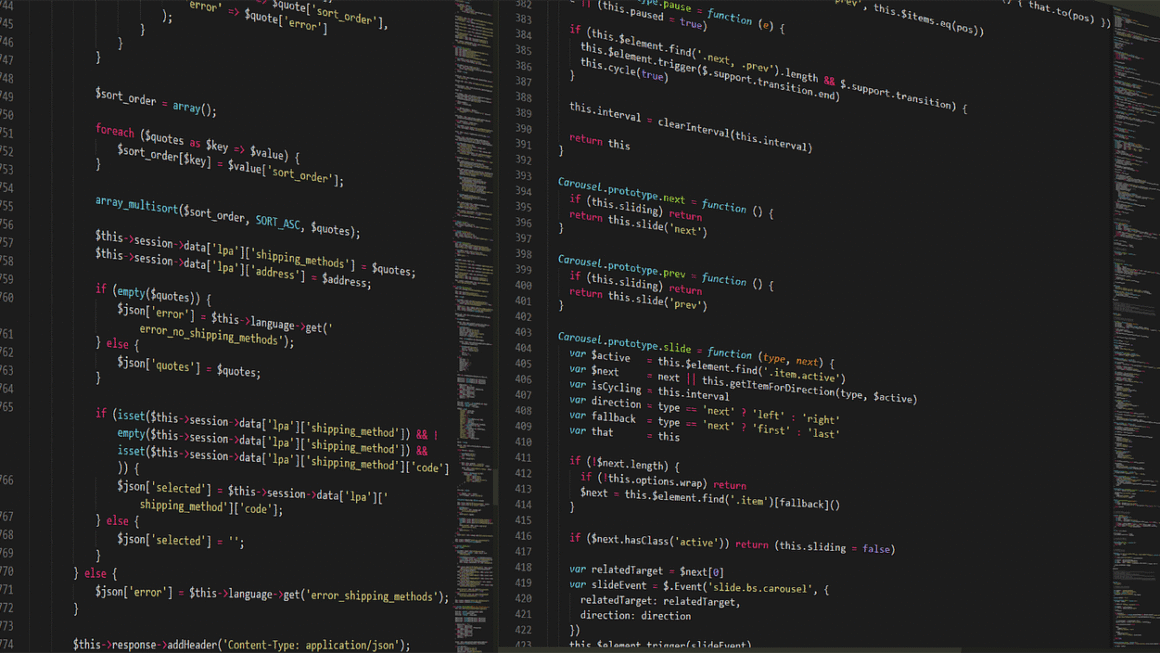Unlocking the power of your computer often comes down to understanding its core components, and one of the most critical, especially for gamers, designers, and data scientists, is the GPU. But what exactly is a GPU, and why is it so important? This guide will break down the fundamentals of Graphics Processing Units (GPUs), exploring their architecture, applications, and how to choose the right one for your needs.
What is a GPU?
The Core Function: Parallel Processing Powerhouse
A GPU, or Graphics Processing Unit, is a specialized electronic circuit designed to rapidly manipulate and alter memory to accelerate the creation of images in a frame buffer intended for output to a display device. Unlike a CPU (Central Processing Unit), which excels at sequential tasks, a GPU is built for parallel processing. This means it can perform many calculations simultaneously, making it exceptionally efficient at rendering graphics and handling other computationally intensive tasks.
- Designed for parallel processing.
- Optimized for rendering images and video.
- Handles complex mathematical computations efficiently.
GPU vs. CPU: A Key Difference
While both CPUs and GPUs are processors, they have distinct architectures suited to different workloads. CPUs are designed for general-purpose computing, executing a wide variety of instructions one after another. GPUs, on the other hand, have thousands of smaller cores designed to perform the same operation on multiple data points simultaneously. Think of a CPU as a skilled chef handling all aspects of a dish, while a GPU is a kitchen full of specialized cooks, each performing one step repeatedly on many ingredients.
- CPU: General-purpose, sequential processing.
- GPU: Specialized, parallel processing.
- Example: Image editing – CPU handles interface; GPU handles filters.
GPU Architecture: Inside the Silicon
Cores, Clock Speed, and Memory
Understanding the architecture of a GPU is crucial to grasping its capabilities. Key components include:
- Cores (Streaming Multiprocessors/Compute Units): These are the fundamental processing units within the GPU. More cores generally mean higher parallel processing power. Modern GPUs can have thousands of cores.
- Clock Speed: Measured in MHz or GHz, clock speed indicates how quickly the GPU can process data. Higher clock speeds generally lead to faster performance.
- Memory (VRAM): Video RAM is dedicated memory used to store textures, frame buffers, and other data required for rendering. More VRAM allows the GPU to handle larger and more complex scenes, especially at higher resolutions.
- Memory Bandwidth: Measured in GB/s, memory bandwidth indicates how quickly the GPU can transfer data to and from VRAM. Higher bandwidth is essential for minimizing bottlenecks.
Understanding Different GPU Architectures
Major GPU manufacturers, like NVIDIA and AMD, develop different architectures for their GPUs. These architectures evolve over time, bringing improvements in performance, power efficiency, and features. For example, NVIDIA’s Ampere and Ada Lovelace architectures and AMD’s RDNA 2 and RDNA 3 architectures represent significant leaps in ray tracing capabilities and AI-powered features. Staying informed about these architectures helps in making informed purchasing decisions.
- NVIDIA: Ampere, Ada Lovelace (Ray tracing, DLSS)
- AMD: RDNA 2, RDNA 3 (Smart Access Memory, FidelityFX)
- Understanding architecture names helps decipher performance expectations.
Applications of GPUs: Beyond Gaming
Gaming: High-Fidelity Graphics
GPUs are essential for modern gaming, enabling realistic graphics, smooth frame rates, and immersive experiences. They handle the complex calculations required for rendering detailed environments, realistic lighting, and intricate character models. Features like ray tracing and DLSS (Deep Learning Super Sampling) leverage the GPU’s power to deliver stunning visual fidelity.
- High frame rates and resolution.
- Ray tracing for realistic lighting and reflections.
- DLSS/FSR for improved performance and image quality.
Professional Workloads: Content Creation and Scientific Computing
GPUs aren’t just for gaming; they’re also crucial for professional workloads such as:
- Video Editing: Accelerating encoding, decoding, and applying effects.
- 3D Modeling and Rendering: Handling complex models and generating realistic visuals.
- Scientific Computing: Performing simulations, data analysis, and machine learning tasks. For example, GPUs are heavily used in weather forecasting and drug discovery.
- AI and Machine Learning: Training and deploying machine learning models. GPUs significantly reduce the training time for complex neural networks.
For instance, Adobe Premiere Pro leverages GPU acceleration for video editing, allowing for real-time playback of high-resolution footage with complex effects. Similarly, software like Blender uses GPU rendering to significantly speed up the creation of 3D models and animations.
Cryptocurrency Mining
While no longer the primary use, GPUs were initially heavily adopted for cryptocurrency mining, especially for algorithms that rely on hash functions. Their parallel processing capabilities made them highly efficient at solving complex cryptographic puzzles, though ASICs (Application-Specific Integrated Circuits) have largely taken over this task.
Choosing the Right GPU: A Buyer’s Guide
Budget, Resolution, and Target Frame Rate
Selecting the right GPU depends on your specific needs and budget. Consider the following factors:
- Budget: Determine how much you’re willing to spend. GPU prices can range from a few hundred dollars to several thousand.
- Resolution: The resolution you plan to game or work at (e.g., 1080p, 1440p, 4K) significantly impacts GPU requirements. Higher resolutions demand more VRAM and processing power.
- Target Frame Rate: Aim for a frame rate that provides a smooth and responsive experience. 60 FPS is generally considered the minimum for gaming, while 120 FPS or higher is ideal for competitive gaming.
- Software Requirements: Some software, like DaVinci Resolve, benefits greatly from more VRAM. Research the specific recommendations for the applications you intend to use.
Comparing Specifications: Clock Speed, VRAM, and Memory Bandwidth
When comparing GPUs, pay attention to these specifications:
- Clock Speed: Higher clock speeds generally indicate better performance, but it’s not the only factor to consider.
- VRAM: More VRAM is better, especially for high-resolution gaming and professional workloads.
- Memory Bandwidth: Higher memory bandwidth allows for faster data transfer, reducing bottlenecks.
- TDP (Thermal Design Power): Indicates the amount of heat the GPU generates. Make sure your power supply and cooling solution can handle it.
Practical Examples: GPU Recommendations
- Budget Gaming (1080p): NVIDIA GeForce RTX 3050, AMD Radeon RX 6600
- Mid-Range Gaming (1440p): NVIDIA GeForce RTX 3070, AMD Radeon RX 6700 XT
- High-End Gaming (4K): NVIDIA GeForce RTX 3080/3090, AMD Radeon RX 6800 XT/6900 XT (or newer gen equivalents)
- Professional Workloads: NVIDIA RTX A-series (formerly Quadro), AMD Radeon Pro series
Remember to check benchmarks and reviews for specific games and applications to get a more accurate understanding of performance.
Conclusion
GPUs are powerful tools that have revolutionized gaming, content creation, and scientific computing. Understanding their architecture and applications is essential for making informed decisions about your computing needs. By considering your budget, resolution, target frame rate, and software requirements, you can choose the right GPU to unlock the full potential of your computer.




